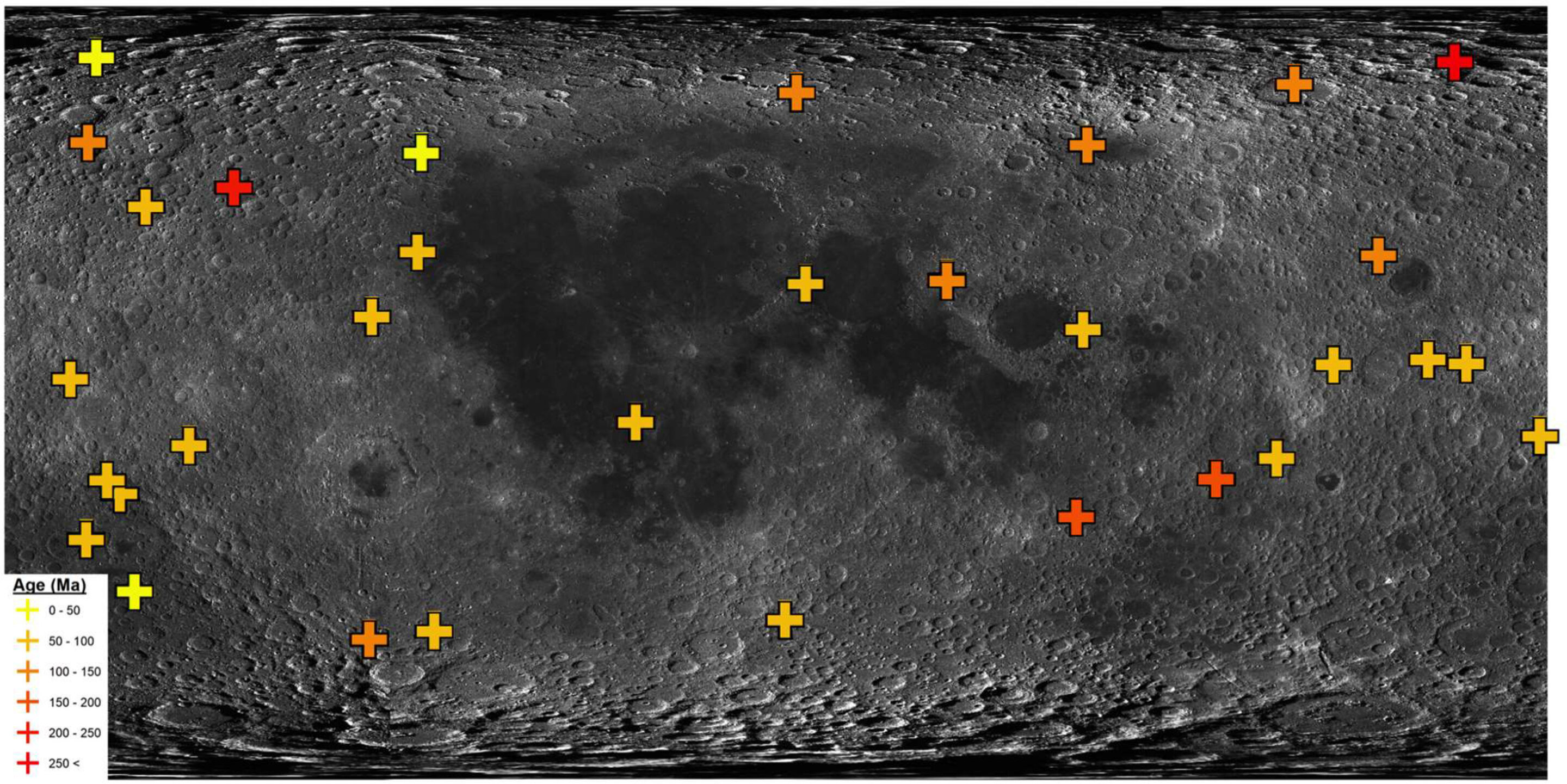The moon has captivated humanity for centuries with its constant presence in the night sky, serving as a source of fascination and creativity. Since the 1960s, when the first images of its surface were captured by satellites, our knowledge of this celestial body has expanded significantly. The moon’s terrain, shaped by cosmic forces and planetary processes, offers a glimpse into its rich history.
New research, recently published in Earth and Planetary Science Letters, focuses on lunar lobate scarps. By studying craters in the surrounding highlands, scientists can determine the movement of these scarps and estimate their ages with precision.
Dr. Jaclyn Clark from the University of Maryland explains the importance of this research, stating, “Unlike Earth, the moon lacks plate tectonics, prompting scientists to investigate the mechanisms behind tectonic activity on the moon and other rocky bodies in our solar system.
“The presence of these small lobate thrust faults indicates that the moon’s surface is contracting due to gradual cooling of its interior, a process occurring at a faster rate than on Earth.
“Studying when tectonic events occurred and how seismic energy propagates through the lunar regolith away from faults by analyzing crater distribution could enhance the safety of future moon missions.”
2024-04-25 03:51:03
Source from phys.org
